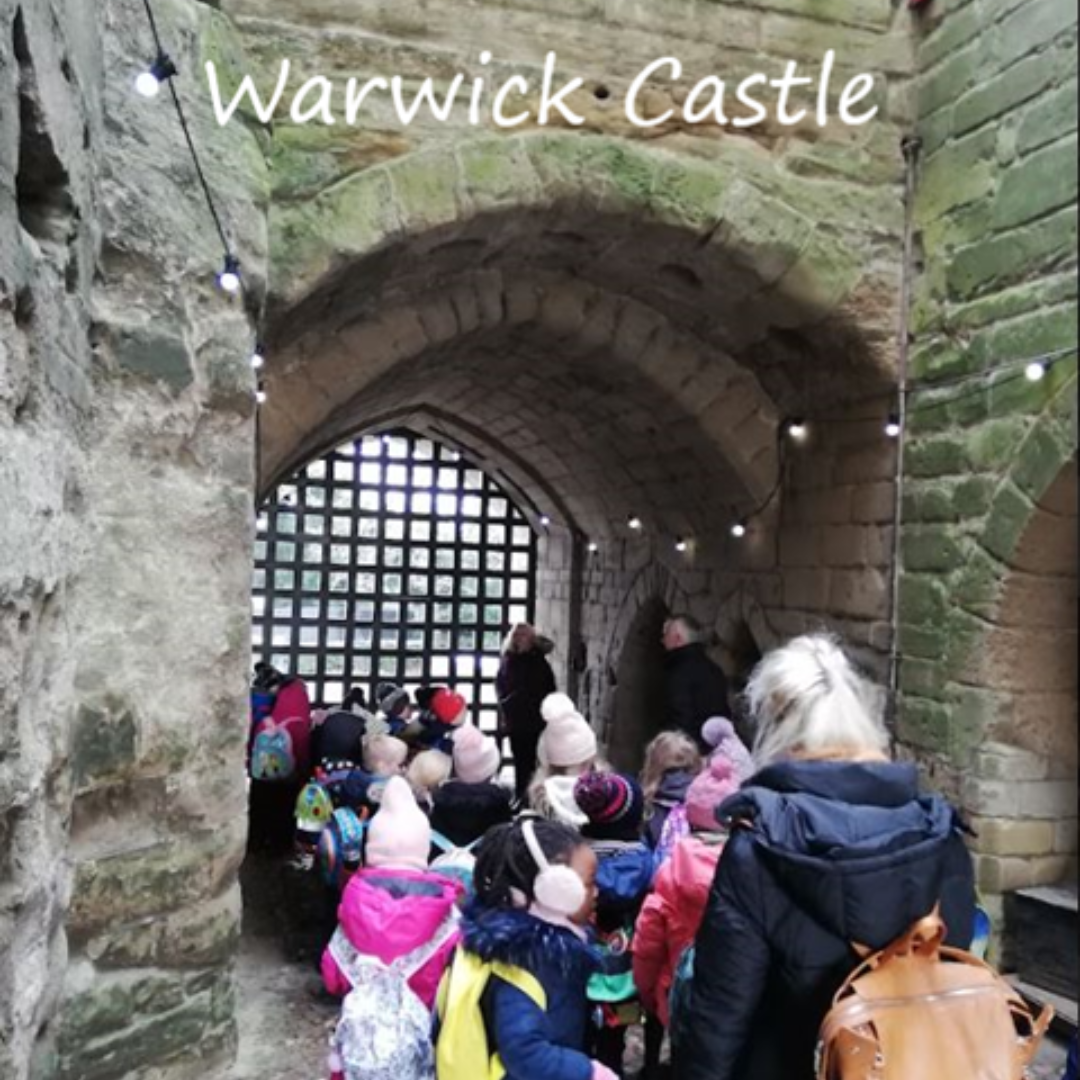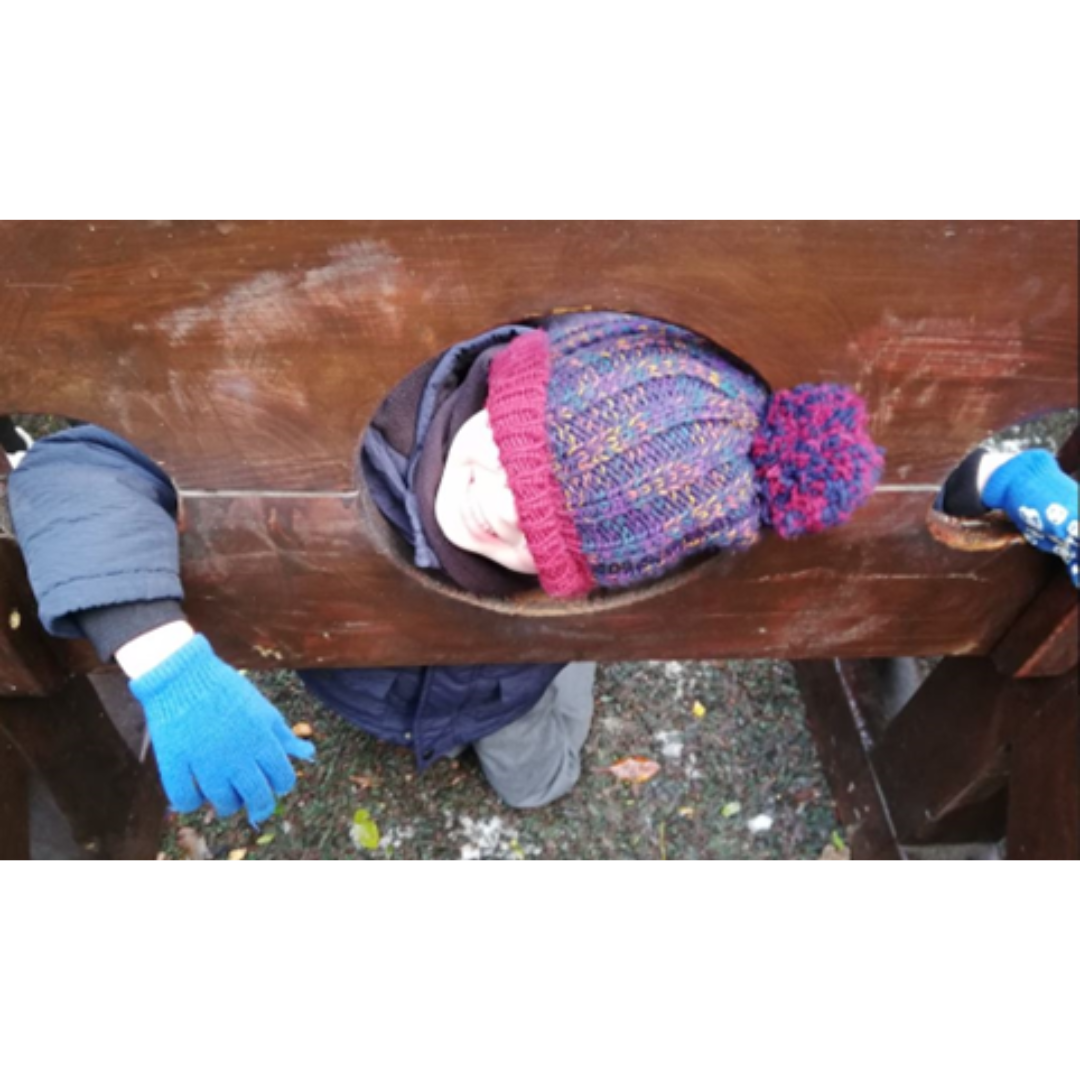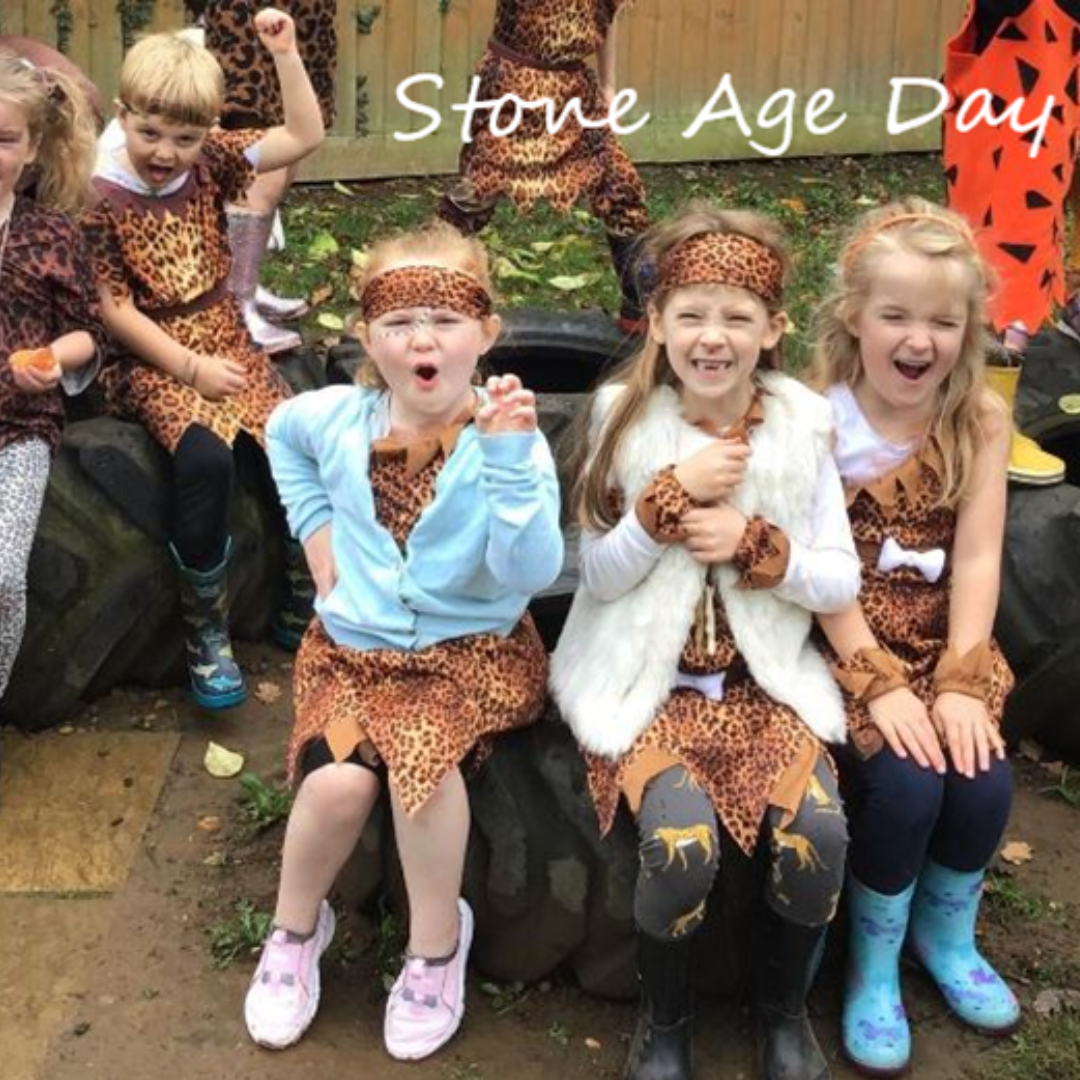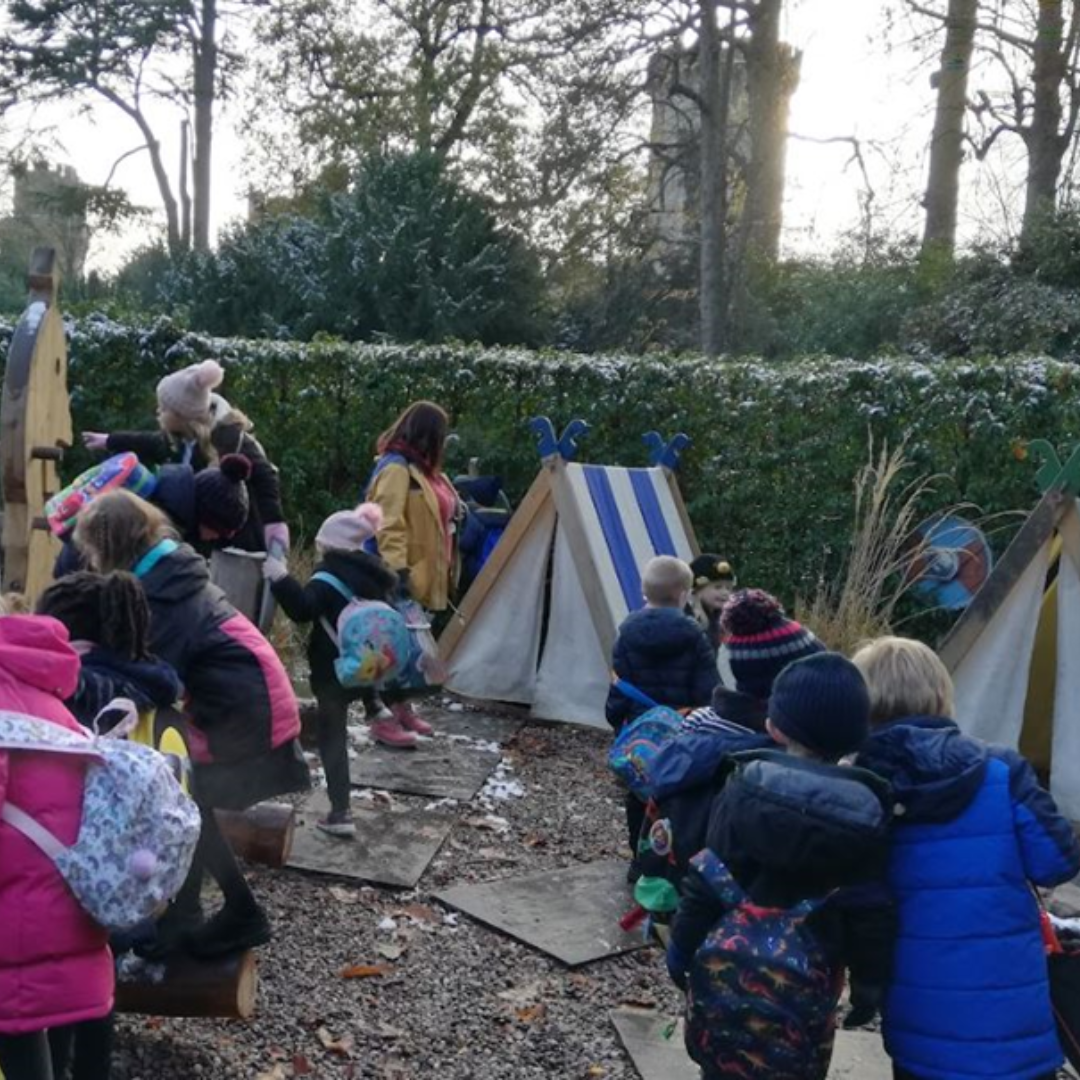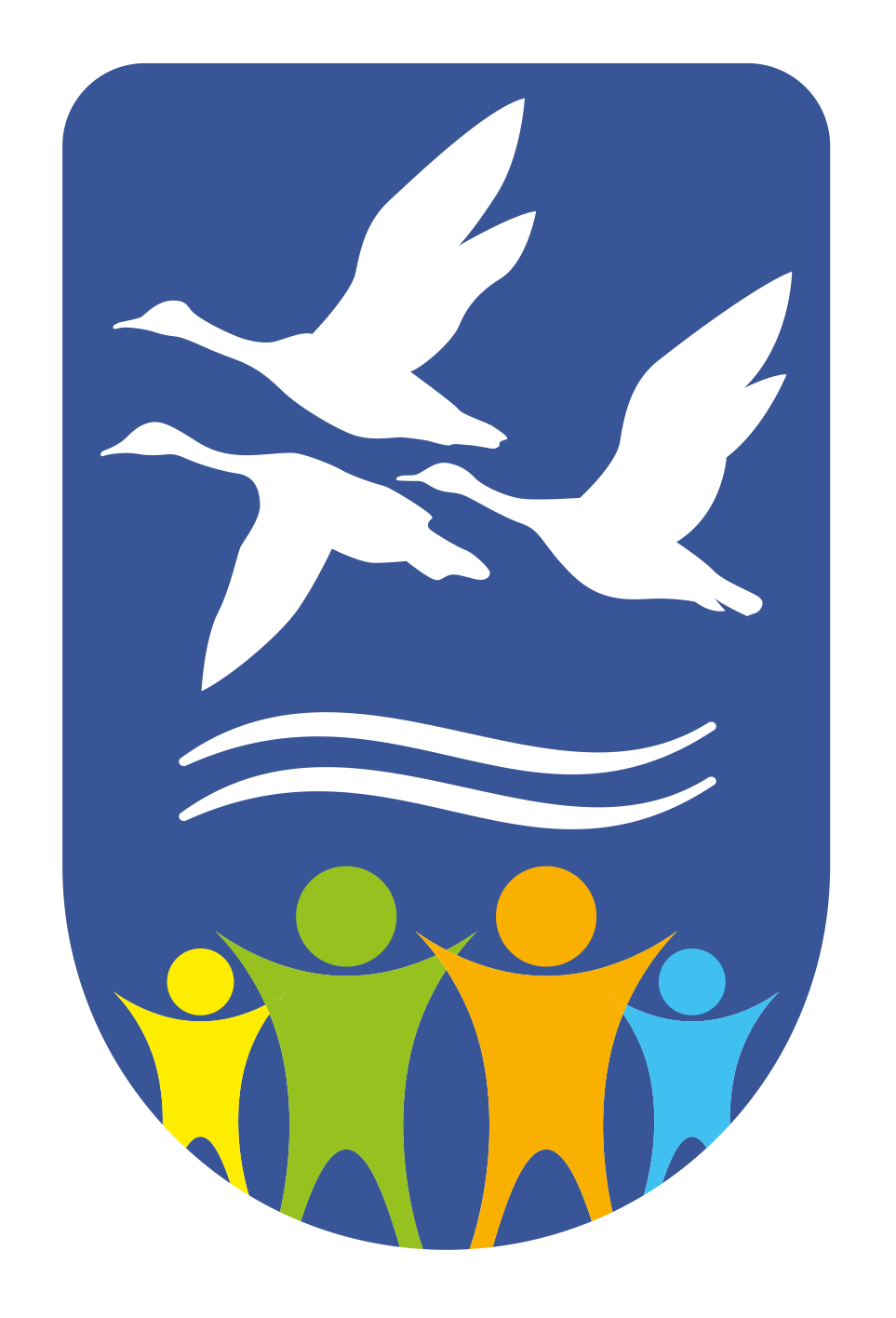History
Intent
At Weedon, our History curriculum is covered within our Dimensions lessons. Within these lessons we uphold the intentions of the National Curriculum in that our History curriculum aims to give pupils "a coherent knowledge and understanding of Britain’s past and that of the wider world. It should inspire pupils’ curiosity to know more about the past" (NC 2014).
We aim:
- To give our children a clear understanding of the history of our islands from ancient times to the present day: how significant people and the lives of the wider population have shaped this nation and how it has influenced, and been influenced by, the wider world.
- For them to know and understand significant aspects of the history of the wider world, including ancient civilisations and the expansion and dissolution of empires.
- For our children to have a good understanding of historical concepts such as continuity and change; cause and consequence; similarity and difference, which are underpinned by a strong understanding of chronology.
Our curriculum aims to ultimately equip pupils with the ability to “ask perceptive questions, think critically, weigh evidence, sift arguments, and develop perspective and judgement,” through understanding different methods of historical enquiry as they progress through the school.
Through the teaching of History, we aim to “help pupils to understand the complexity of people’s lives, the process of change, the diversity of societies and relationships between different groups, as well as their own identity and the challenges of their time.” (NC 2014)
Impact
History is taught through the Dimensions “Learning Means the World” Curriculum which is driven by highly relevant world issues known as the 4 C’s:
- Culture
- Communication
- Conflict
- Conservation
The historical learning within these themes is designed to enable pupils to build on and contextualise prior learning to use a contemporary, meaningful framework. History is taught as part of a wider topic or theme but the composites and components – the key historical substantive and disciplinary knowledge - are taught explicitly. Within each lesson there are opportunities for retrieval practice and new learning is linked to prior knowledge, enabling children to know more and remember more.
History lessons may not take place every week, but will fit into the teaching sequence of the topic to make the learning more meaningful and relevant. Where the attainment targets of the National Curriculum are not taught within wider topics, National Curriculum Essentials units will form part of the long-term planning in specific year groups to ensure good coverage. Teachers will look for opportunities for learning to take place outside the classroom, either in the local area or further afield, as well as welcome visitors to further enrich learning experiences.
Implementation
Pupils’ achievement and progress in history towards age-related expectations (in both knowledge and skills) at each assessment point is measured by teacher's assessment using knowledge and skills checklists, performance in summative assessment tasks and children’s independent work.
Through learning walks and discussions with children, subject leaders will judge the impact of the curriculum in meeting its aims of inspiring pupils with a (long-lasting) curiosity about the past.
